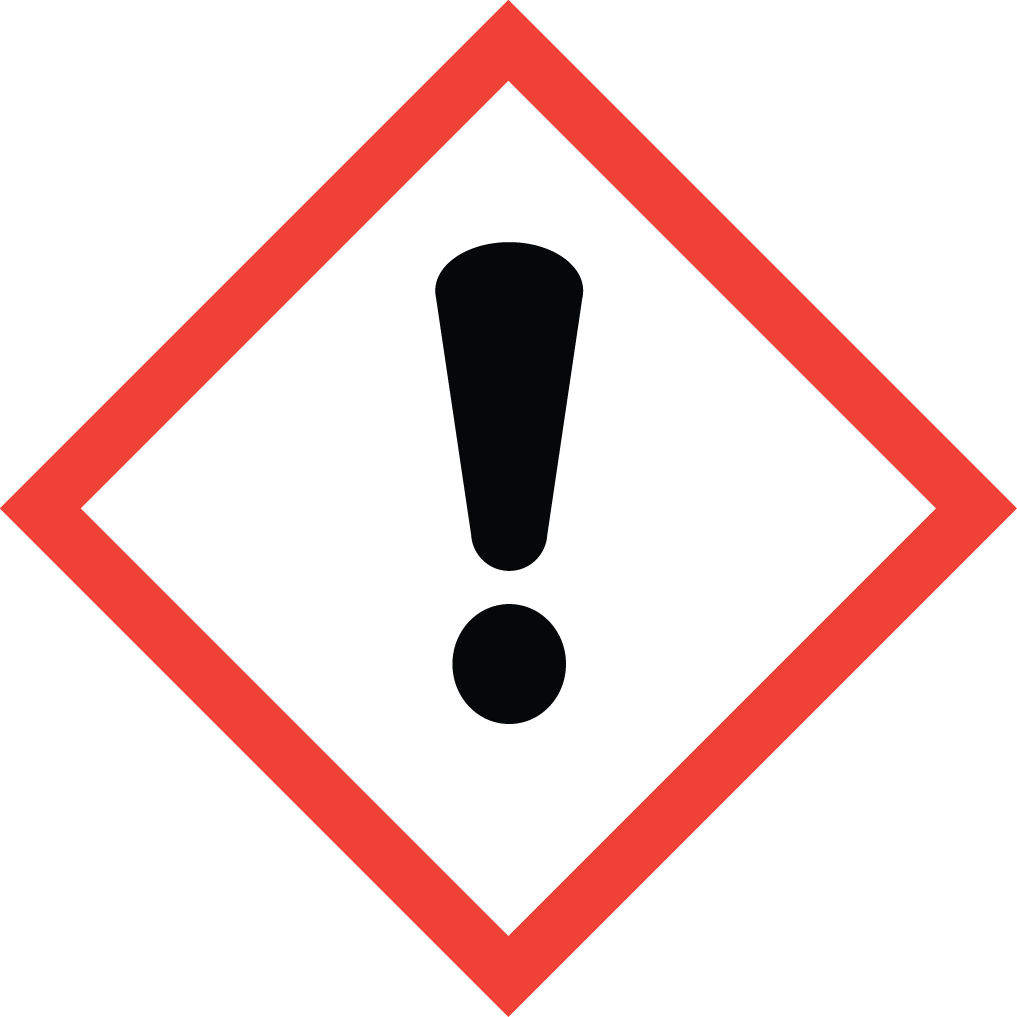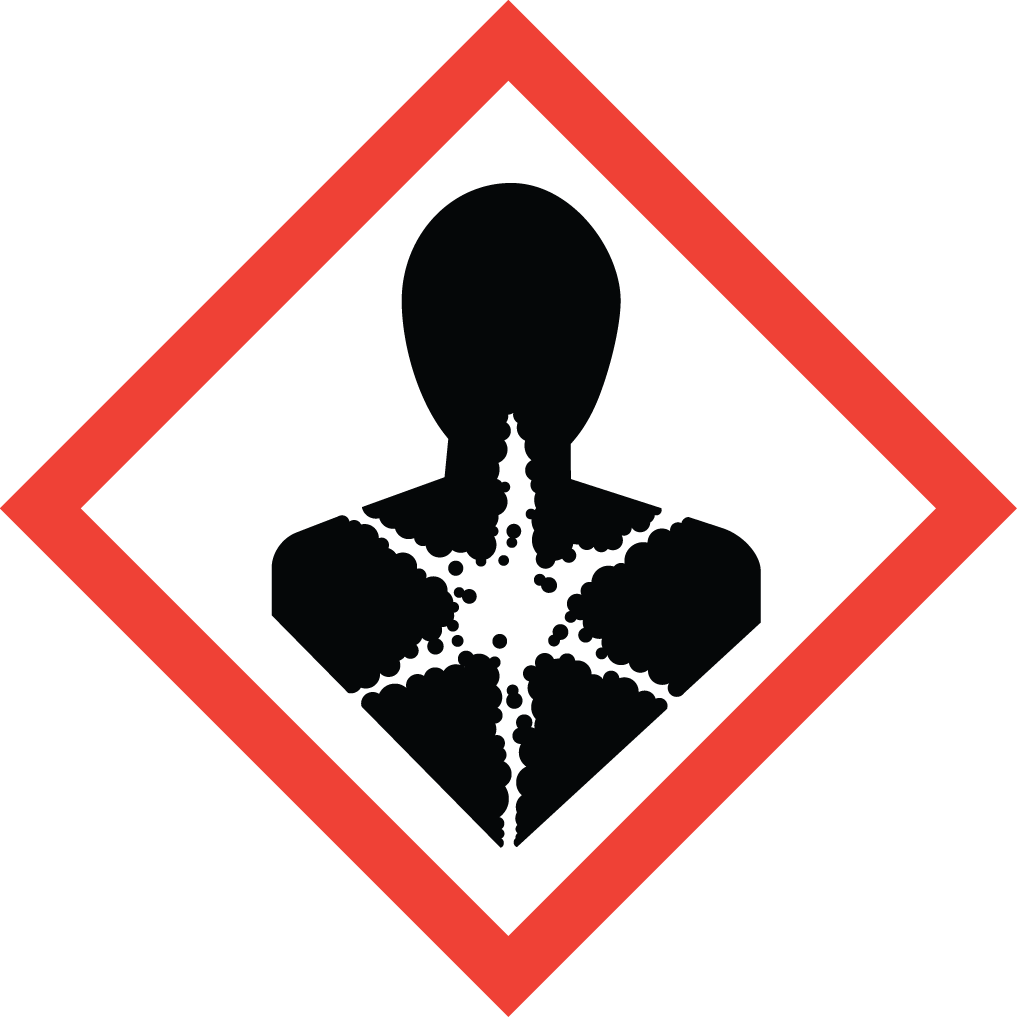DIMENSION 2EW HERBICIDE |
Hazard Statements
Causes skin irritation. May cause an allergic skin reaction. Suspected of damaging fertility or the unborn child.
Precautionary Statements
Prevention Obtain special instructions before use. Do not handle until all safety precautions have been read and understood. Avoid breathing dust/ fume/ gas/ mist/ vapours/ spray. Wash skin thoroughly after handling. Contaminated work clothing should not be allowed out of the workplace. Wear protective gloves. Use personal protective equipment as required. Response IF ON SKIN: Wash with plenty of soap and water. IF exposed or concerned: Get medical advice/ attention. If skin irritation or rash occurs: Get medical advice/ attention. Take off contaminated clothing and wash before reuse. Storage Store locked up. Disposal Dispose of contents/ container to an approved waste disposal plant.
Manufacturer information
Name
Dow AgroSciences LLC
Phone
8009925994
Address
9330 zionsville road
indianapolis , IN 46268-1053
PICTOGRAMS


HMIS
| HEALTH |
|
| FLAMMABILITY |
|
| PHYSICAL HAZARD |
|
| PERSONAL PROTECTION |
Eye/face protection: Use chemical goggles. Skin protection Hand protection: Use gloves, chemically resistant to this material, at all times. Examples of preferred glove barrier materials include: Polyethylene. Ethyl vinyl alcohol laminate ("EVAL"). Examples of acceptable glove barrier materials include: Viton. Butyl rubber. Neoprene. Chlorinated polyethylene. Natural rubber ("latex"). Polyvinyl chloride ("PVC" or "vinyl"). Nitrile/butadiene rubber ("nitrile" or "NBR"). NOTICE: The selection of a specific glove for a particular application and duration of use in a workplace should also take into account all relevant workplace factors such as, but not limited to: Other chemicals which may be handled, physical requirements (cut/puncture protection, dexterity, thermal protection), potential body reactions to glove materials, as well as the instructions/specifications provided by the glove supplier. Other protection: Use chemical protective clothing resistant to this material, when there is any possibility of skin contact. Wear a face-shield which allows use of chemical goggles, or wear a full-face respirator, to protect face and eyes when there is any likelihood of splashes.Respiratory protection: Respiratory protection should be worn when there is a potential to exceed the exposure limit requirements or guidelines. If there are no applicable exposure limit requirements or guidelines, wear respiratory protection when adverse effects, such as respiratory irritation or discomfort have been experienced, or where indicated by your risk assessment process. For most conditions no respiratory protection should be needed; however, if discomfort is experienced, use an approved air-purifying respirator. The following should be effective types of air-purifying respirators: Organic vapor cartridge with a particulate pre-filter. |
NFPA
1
1
0

Rochester Public Schools
Local data
SKU #


